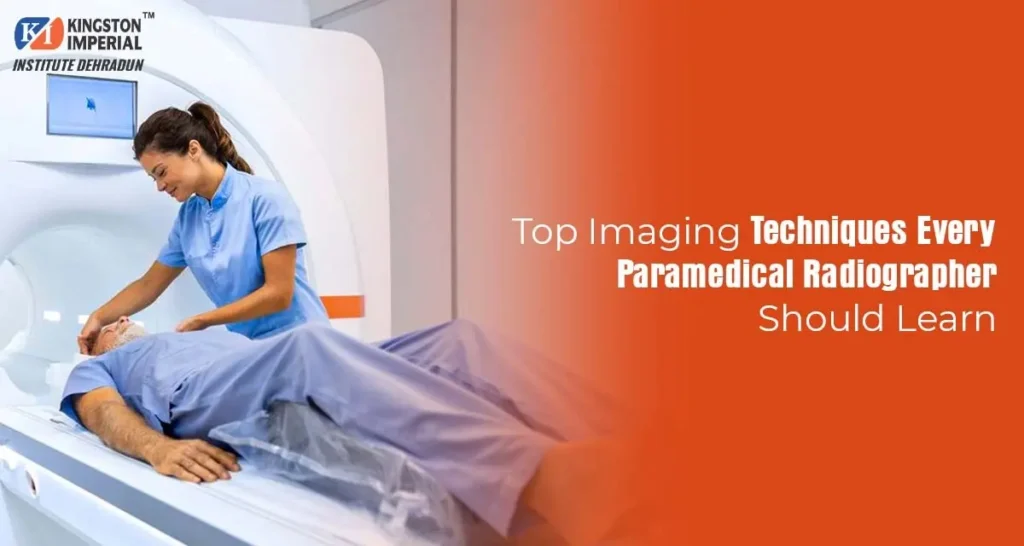
These days, diagnosis is the first & most crucial step towards good treatment. And to diagnose correctly, physicians usually rely on images of what’s happening inside the body. That’s where radiographers enter the picture. These professional workers use several machines & equipment to take medical images, enabling physicians to comprehend what the patient is suffering from. But radiography is not all about pushing buttons, it’s about using the correct imaging method for the correct scenario.
For paramedical students interested in establishing a solid professional career in radiography, it’s essential to learn the most practical & efficient imaging techniques. Such techniques don’t only assist in detecting disease; they also assist in monitoring recovery & directing treatment. Mastering these best imaging techniques for paramedical radiographers provides students with an early advantage in this expanding healthcare industry.
• Ultrasound Imaging
Ultrasound or sonography is an imaging technique that uses high-frequency sound waves to produce real-time images of internal organs in the body. Ultrasound is usually employed to check on the health of a baby during pregnancy, but it is also employed to study organs such as the liver, kidneys, heart & bladder.
For radiographers, ultrasound is a non-invasive & secure mode of learning. It demands good hand-eye coordination & in-depth knowledge of human anatomy. As one of the most preferred essential diagnostic imaging methods, ultrasound is highly in demand & expertise in it can provide a lot of job opportunities for paramedical students.
• X-Ray Imaging
X-ray is the oldest & most prevalent imaging technique used in hospitals. X-ray employs a small quantity of radiation to produce images of bones & a few organs. It is particularly helpful in the detection of fractures, chest infection, dental issues & some joint diseases.
For paramedical radiographers, it is also highly important to know how to properly position the patient & set up the machine. The clearer the image is, the more useful it is for diagnosis. Studying X-ray as one of the basic imaging techniques for paramedical radiographers also assists in dealing with emergency cases, where quick results are always required.
• CT Scan (Computed Tomography)
A CT scan takes multiple X-ray images from different angles & combines them to create a 3D image of the body. It provides more detailed results than a regular X-ray & is useful for detecting tumors, internal bleeding & infections.
CT scanning is slightly more advanced, hence it requires careful training. Radiographers need to know how to position patients, handle the machine safely & manage radiation exposure. Of the best imaging techniques for paramedical radiographers, the CT scan is an essential skill that brings significant value to one’s professional life.
• Mammography
Mammography is a form of X-ray which detects early breast cancer. It is primarily used in women over a certain age & forms an important part of preventive care.
Paramedical radiographers need to know how to position the patient properly & make sure the process is as comfortable as possible. Since early detection saves lives, mammography is an important skill to have & is part of the key imaging techniques for paramedical radiographers in today’s medical world.
• MRI (Magnetic Resonance Imaging)
MRI is a highly effective technique that uses high-strength magnetic fields & radio waves to generate high-quality images of soft tissues, including the brain, muscles, spinal cord & joints. Unlike X-rays, MRI is non-radiative, meaning it does not use radiation.
This imaging technique requires patience, attention to detail & technical expertise. Also, the machine is large & scanning takes time, so the radiographer also needs to know how to make the patient comfortable & still during the examination. MRI learning is an excellent way to develop strong radiography skills for paramedical students who wish to work in multispecialty units or advanced diagnostic centers.
Final Thoughts
In order to build a strong career as a radiographer, acquiring appropriate skills & practicing the correct techniques is very crucial. From simple X-rays to complex MRI & CT scans, every technique has its application & significance in the healthcare system. Gaining expertise in these imaging techniques for paramedical radiographers makes the students capable, confident professionals who can aid in life-saving diagnosis.
Colleges such as KIIMS understand this need & offer practical training, professional guidance & appropriate exposure to students who want to establish a solid base in radiology in the paramedical industry. After all, for students who are determined about their career in the healthcare sector, learning the right techniques at the right place can make all the difference.

